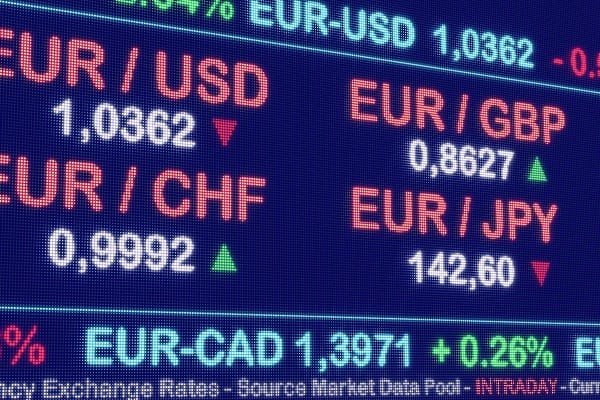The EUR/USD pair surged to a monthly high near 1.0856 during Wednesday’s trading.
The major currency pair showed a solid foundation as the U.S. Consumer Price Index (CPI) and monthly Retail Sales data for April were released, which indicated a slowdown in inflation and came in lower than expected, negatively impacting the strength of the U.S. dollar.
Despite the U.S. Producer Price Index (PPI) report for April remaining stubbornly high, the USD fell to its lowest level in over a week. The annual and core PPI, which excludes volatile food and energy prices, rose as expected, while the monthly figures were stronger than anticipated. The U.S. Dollar Index (DXY), which tracks the value of the greenback against six major currencies, dropped below the key support level of 105.00 today following the weak inflation data.
It seems to me that strong expectations of the Federal Reserve returning to an easing policy stance in the September meeting are maintaining downward pressure on the USD.
Additionally, the 10-year U.S. Treasury yields fell to 4.42%. Market expectations for the Fed to start cutting interest rates in September remained steady as Fed Chair Jerome Powell ruled out the possibility of further rate hikes. He emphasized maintaining a restrictive policy framework for a longer period to bring down inflation in his speech at the annual general meeting of the Association of Foreign Bankers in Amsterdam on Tuesday.
From my perspective, the EUR/USD pair rose above the 1.0830 resistance level as market sentiment remains bullish amid strong expectations for a Fed rate cut in September. S&P 500 futures remained steady in today’s trading but held onto their gains near all-time highs. However, sentiment may be volatile until the markets stabilize following the U.S. consumer inflation data.
I believe that the higher-than-expected U.S. inflation reports for the past three months have led investors to raise expectations for a Fed rate cut in September from March, which was anticipated since the beginning of the year. The Fed will not be able to start cutting interest rates until it gains confidence that inflation will sustainably return to the 2% level.
For the Fed to gain confidence that inflation is on its way back to 2%, price pressures must decline consistently for at least three months. I see that stubborn inflationary pressures may force traders to scale back September rate-cut bets in the future if any surprises arise from U.S. economic data in the coming months.
However, I think the euro will remain strong in the short term as investors hope that higher interest rates for a longer period by the Fed will slow the pace at which the European Central Bank (ECB) is expected to return to easing monetary policy in Europe.
Yesterday, an ECB official and Governor of the National Bank of Belgium, Pierre Wunsch, commented that the first two 25-basis-point cuts in the ECB’s key interest rates are “no-brainers,” but added that higher interest rates for a longer period by the Fed could slow the pace of rate cuts in Europe.
Historically, in my view, investors support the USD against the euro if the policy divergence between the Fed and the ECB widens. This makes a weak euro open a significant trade margin in the Eurozone from external markets. This could enhance economic outlooks, leading to higher employment rates and wage growth, which will eventually intensify price pressures again.





Leave a Comment